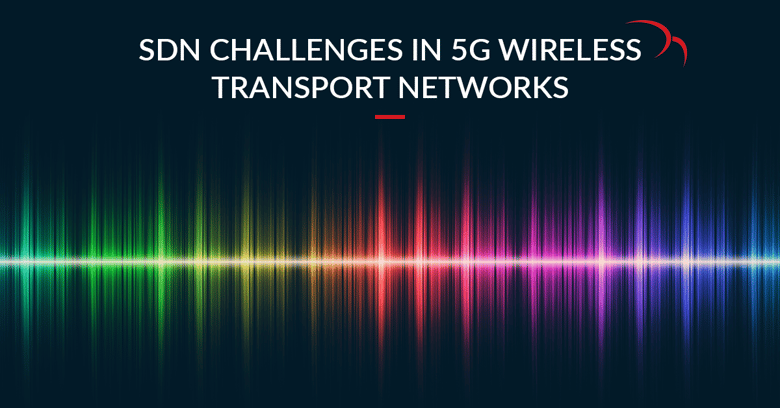Traditionally, microwave backhaul has been provisioned in a static manner by means of vendor-specific management systems. The rise of 5G presents several challenges to this mode of operation, and requires new mechanisms enabling operators to simplify network operations on one hand and dynamic provisioning of advanced services on the other.
As such, SDN, which enables the instantiation of wireless transport network capabilities on-demand, can play a critical role in addressing these issues and become one of the key needs for mobile operators worldwide.
All sounds perfect, but somehow, the SDN market in the wireless transport arena is not taking off at a pace that matches the large number of press releases issued recently on SDN innovations and joint manufacturer-operator projects. Indeed, wireless backhaul manufacturers are investing in innovation as operators pursue solutions for dynamic reconfigurability. But regulators are reacting quite slowly in enabling innovation, and to a large extent, are handling spectrum management in a very conservative way.
Let’s look at the traditional bands from a regulatory perspective, starting with those below 18GHz. While there are slight variations from region to region, in general, most countries have implemented a per-link licensing approach that requires links to be individually coordinated and interference to be managed by the regulator.
For traditional bands above 18GHz, there is more room for optimism, with several countries adopting the so-called block spectrum or individual licensing approach. According to GSMA, block spectrum licensing represents about 21% of license models in operation worldwide[1].
Block spectrum licensing is usually acquired for 23GHz to 28GHz bands in Europe and the 31GHz band in the United States. Italy allows block allocation in 26GHz and 28GHz bands and they are not shared. Hungary also uses the 26GHz band. France uses 23GHz, 26GHz, 32GHz, and 38GHz bands. And South Africa has allocated spectrum in 26GHz, 28GHz, 38GHz, and 42GHz bands.
As for the E-band, the situation is a bit different, with a growing number of countries using self-coordinated, light-licensed approaches. The US, the UK, Russia, Hungary, Nigeria, India, Qatar, and Australia are among those countries that have opened up this spectrum on a self-coordinated basis.
Unlike per-link licensing, both block spectrum licensing and the self-coordinated/light-licensed approach give operators more freedom by taking responsibility for assigning and coordinating links without restrictions. In fact, to fully benefit from SDN network programmability and automation in the wireless transport layer, more innovative and flexible licensing approaches are needed from regulators.
In our next blog, we’ll take a look at several SDN use cases that are regulatory-dependent and explore how they affect operators. Stay tuned…
Don't miss our eBook - How to Win the 5G Backhaul Game


